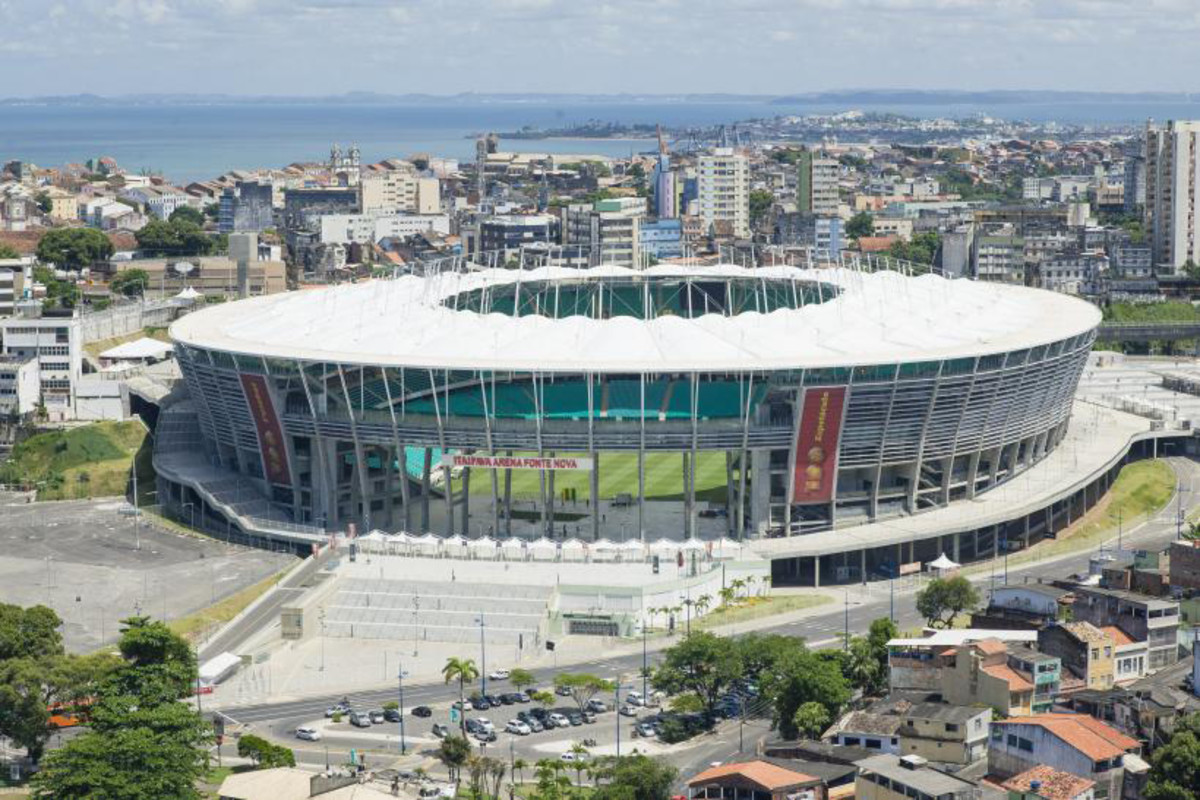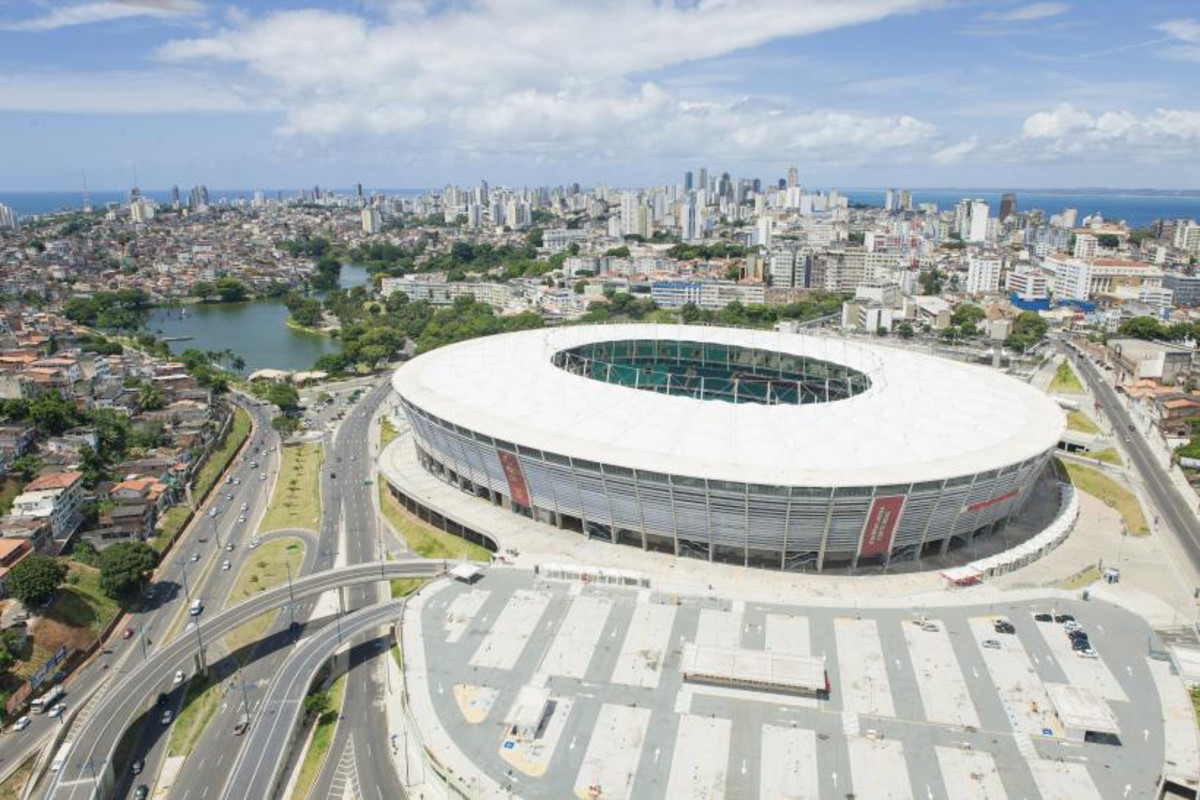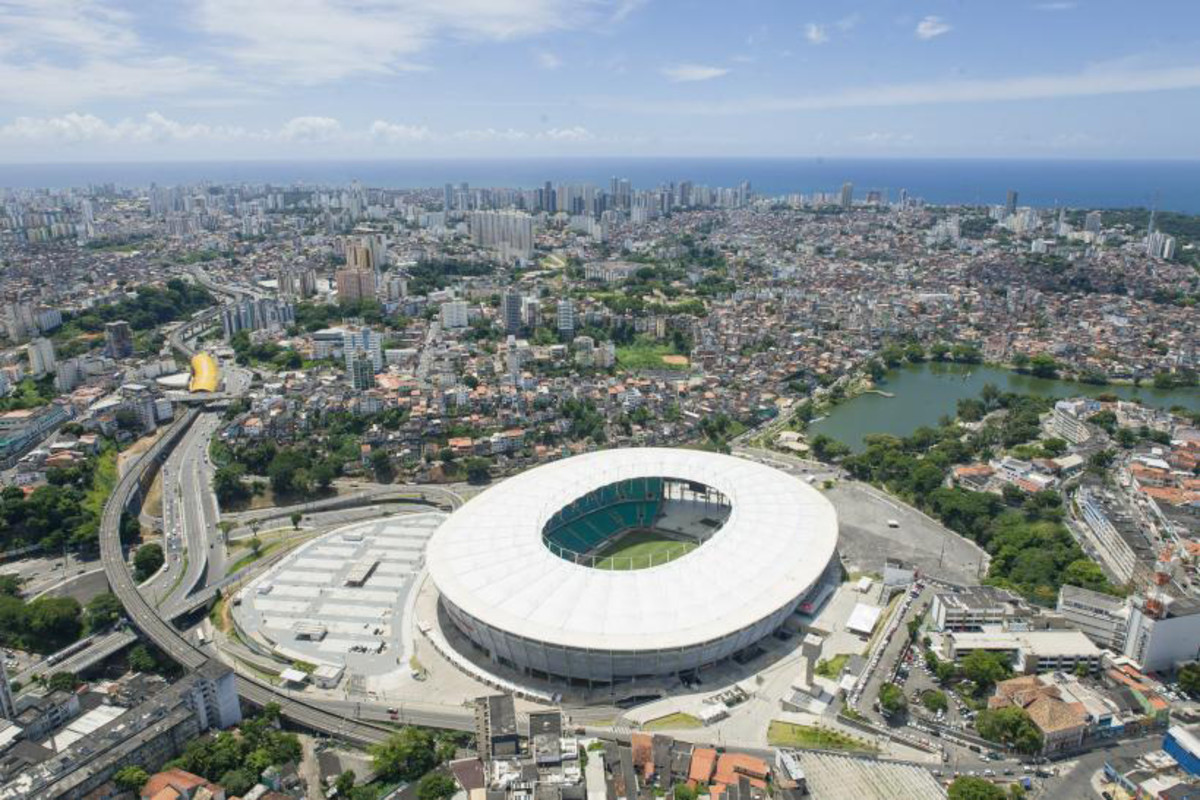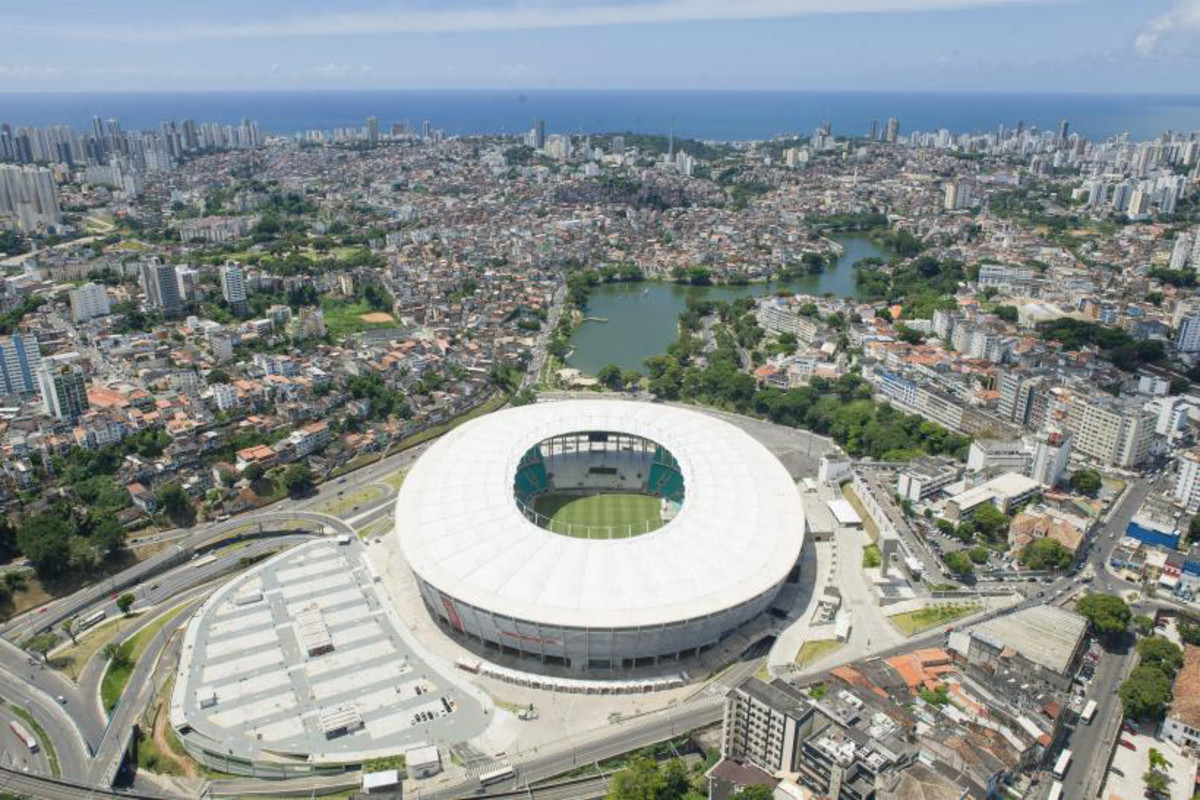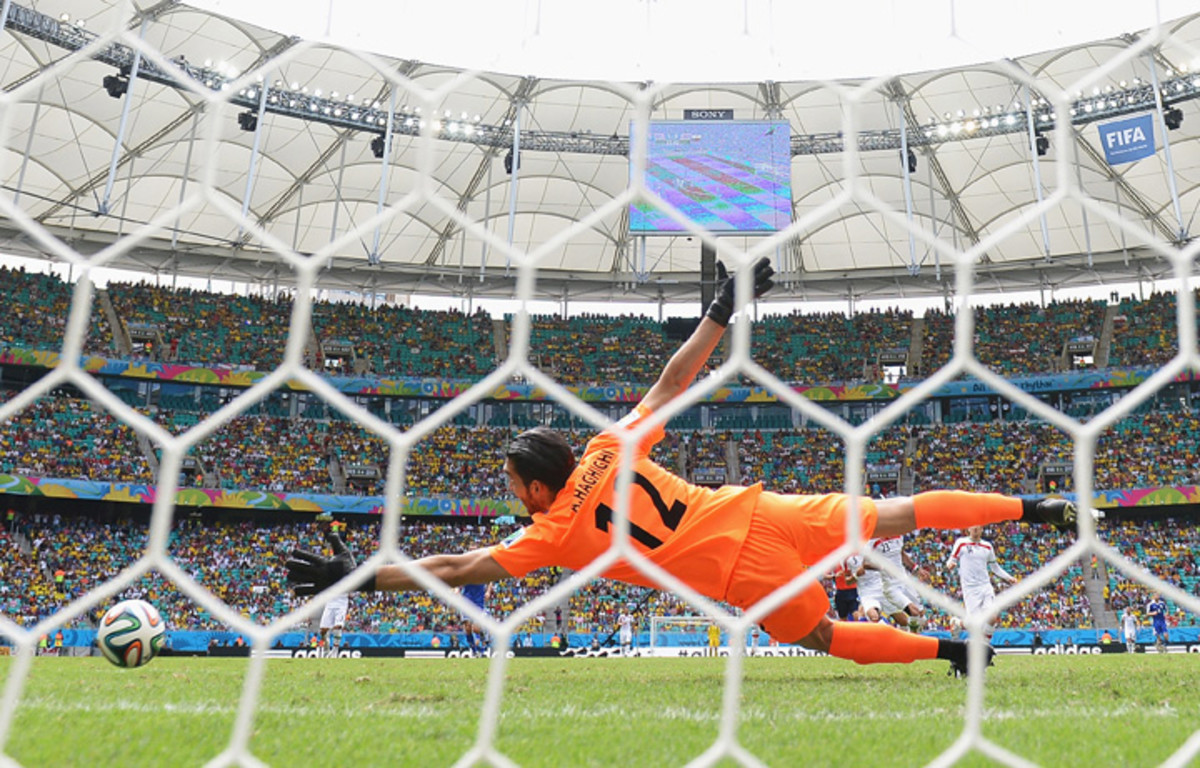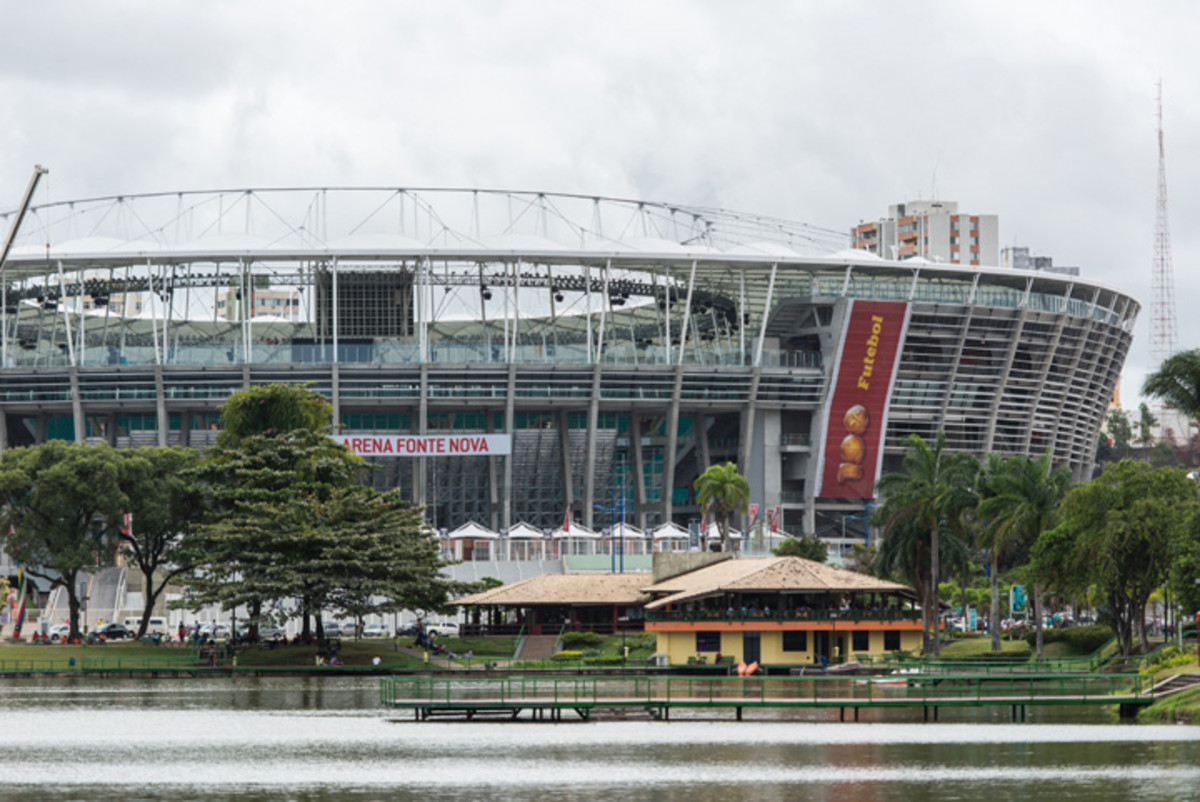Scenic, historic Salvador provides backdrop to USA's knockout clash

SALVADOR, Brazil — It all started here. Back in early December, one day after the World Cup draw in nearby Costa do Sauipé, we stood on the grass in front of the south goal at the Arena Fonte Nova and imagined we might return here seven months later for a World Cup elimination game involving the United States.
Granted, that was a big “if” at the time. On the day after the World Cup draw, the initial reaction was simple: The U.S. had been terribly unlucky, drawing into its most difficult World Cup group ever with Germany, Portugal and Ghana. What’s more, the Americans’ travel would be an odyssey, featuring epic round-trips from their base camp in São Paulo to far-off outposts in Natal, Manaus and Recife.
But if the U.S. could somehow overcome those challenges, manage a second-place group finish and advance, we knew the next stop would be here, in Salvador, the African-infused Bahian capital, and the opponent would most likely be Belgium in the round of 16.
And so it has come to pass.
This is a soulful, gritty city on the Atlantic coast, a place of stunning beaches, searing poverty and glorious food like the local favorite acarajé—a hush-puppy like dish made from fried black-eyed peas stuffed with shrimp vatapá paste—that we bought from a renowned street vendor next to the water.
Working with producer Kayla Knapp for Fox Sports last December, we toured the sparkling stadium and then set out on the Salvador streets with a cameraman (and, since we weren’t naïve, a Salvador-based female cop, María, we’d hired as security for the day who turned out to be amazing: Part den mother, part tour guide, part social explainer and part ass-kicker. There aren’t many female cops in Brazil, which is a shame).
It’s impossible to go anywhere in Salvador without chancing upon something either scenic or historic. And so we went to the old town square, a hilly cobble-stoned plaza where large women in African-styled hoop skirts posed for pictures with tourists and asked for a few Brazilians reals. Then we went to where the kids were playing.
Salvador, Brazil
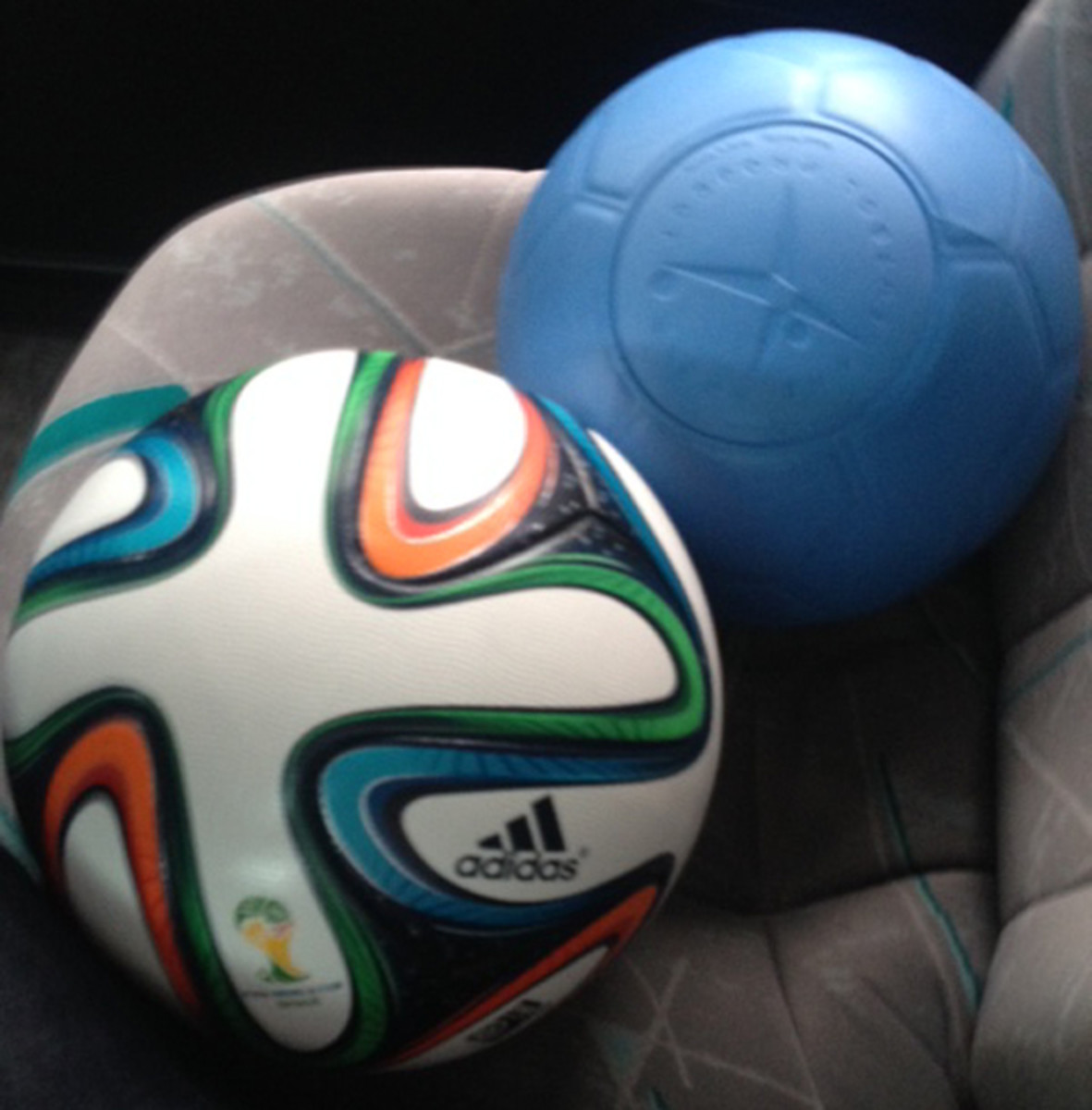
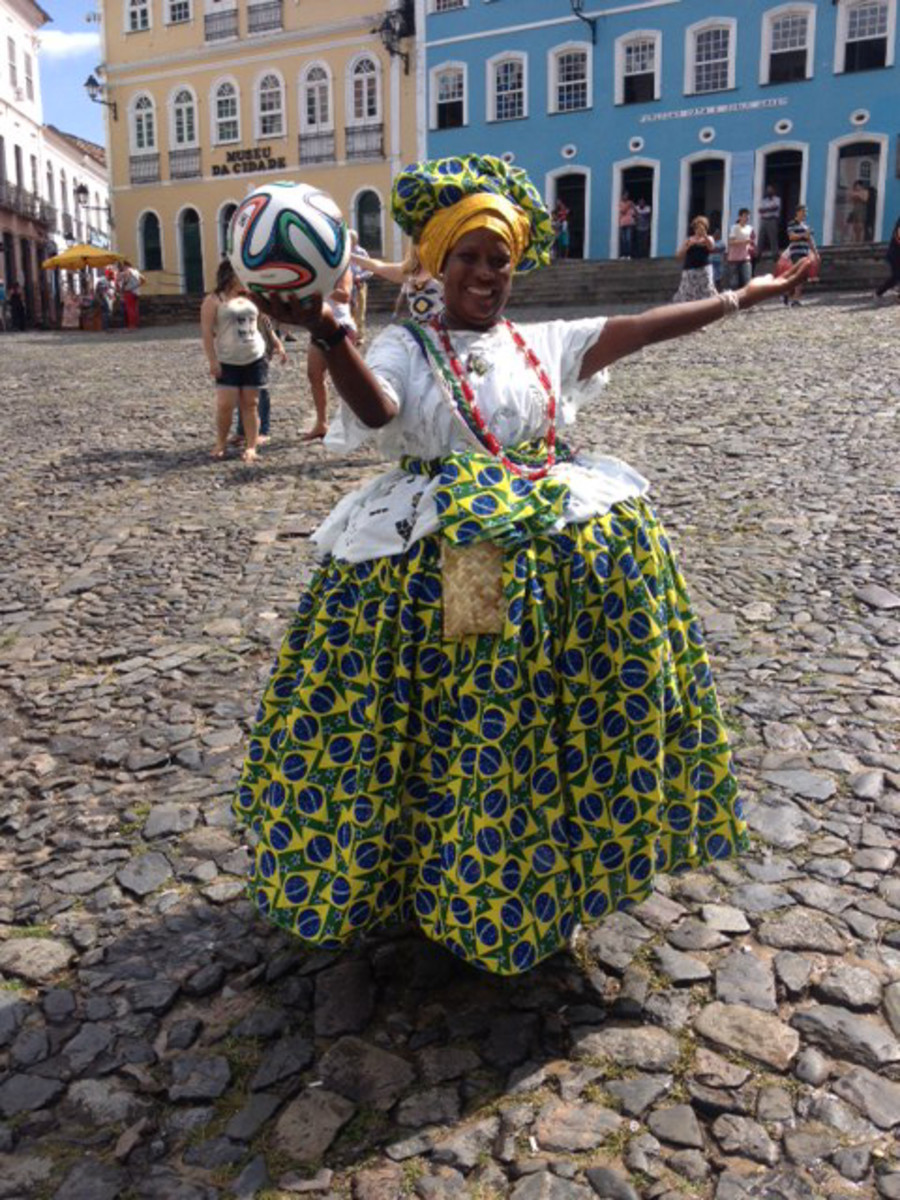
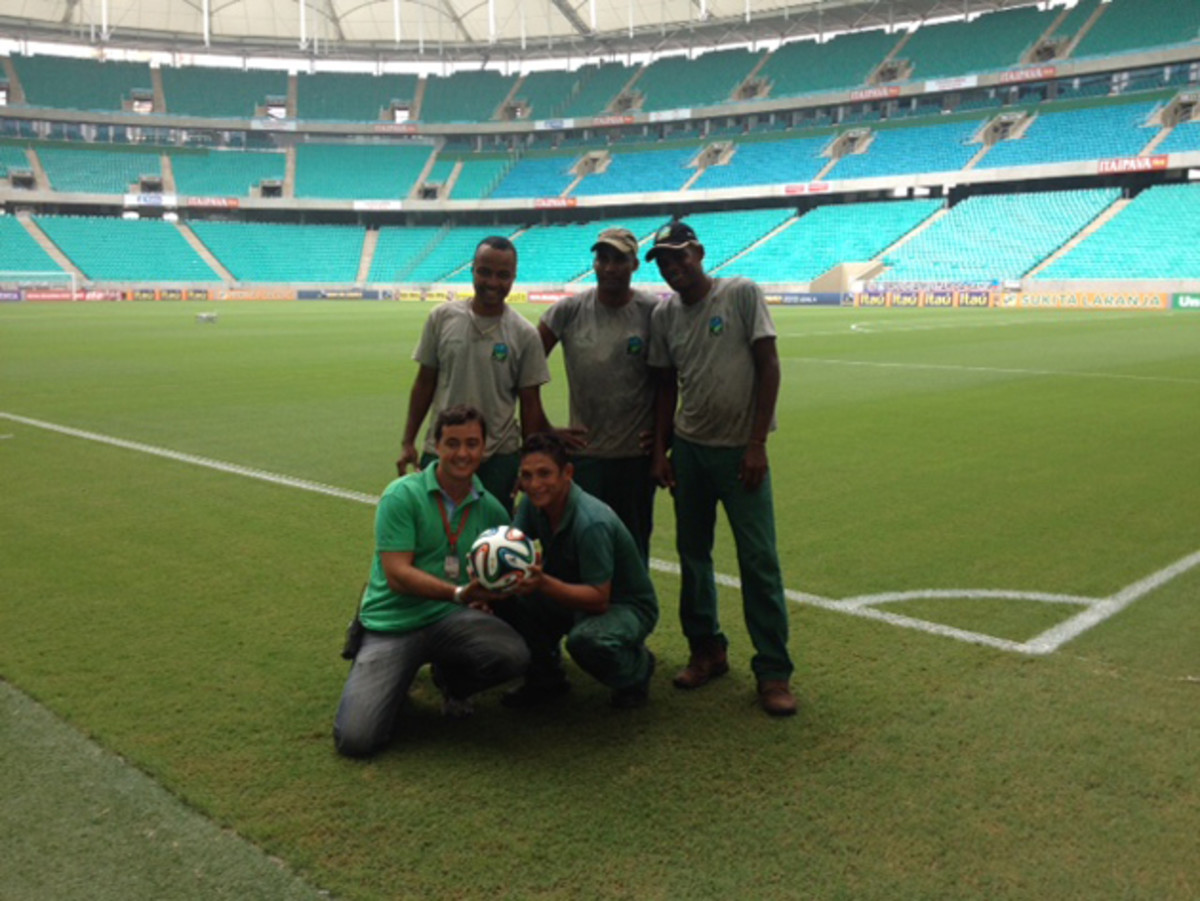
We had brought two soccer balls with us. One was the brand-new Adidas Brazuca, the colorful World Cup game ball, which we’d been given by a rep the day before to shoot visuals. The other was a special ball called a One World Fútbol, which was given to us by former U.S. women’s goalkeeper Mary Harvey, who had brought several to Brazil.
The One World Fútbol is designed to be donated to poor areas of the world since it claims to be indestructible by anything other than fire. (Upon hearing this, our ass-kicking cop, María, voiced her desire to test the ball’s indestructability by shooting it with her pistol before being met with some concerned looks. She eventually tried to put a hole in it with a metal rod, only to give up after a few minutes.)
After surviving hard group, USA turns focus to set new World Cup standard
In another plaza, we found a group of kids, and María went into den-mother mode. She rounded them up, explained who we were and rolled out the Brazuca. The scene was magical: Little boys in shorts and no shirts dribbled around the cobblestones, evading their friends, laughing and giggling over one of the world’s simplest pleasures.
Little girls joined in, too, and whenever someone kicked the ball too far away we’d go track it down and bring it back. When it was over, we ended up giving the One World Fútbol to the group, but only after María told them there would be no fighting allowed over it. (And you could tell they didn’t want to make her angry, knowing she’d be back that week.)
Back in December, we knew Salvador would host a run of big games in this World Cup, including Spain-Netherlands, Germany-Portugal and France-Switzerland. They have turned out to be not just heavyweight matchups but defining moments of the World Cup so far. Goals have bloomed here like a field of Dutch tulips: Netherlands 5, Spain 1; Germany 4, Portugal 0; France 5, Switzerland 2.
Now comes USA-Belgium, with a spot in the quarterfinals on the line. It all started here last December. Now the U.S. is hoping its inspiring World Cup journey doesn’t end here as well.
GALLERY: Salvador's Arena Fonte Nova
World Cup Stadium: Salvador's Arena Fonte Nova
